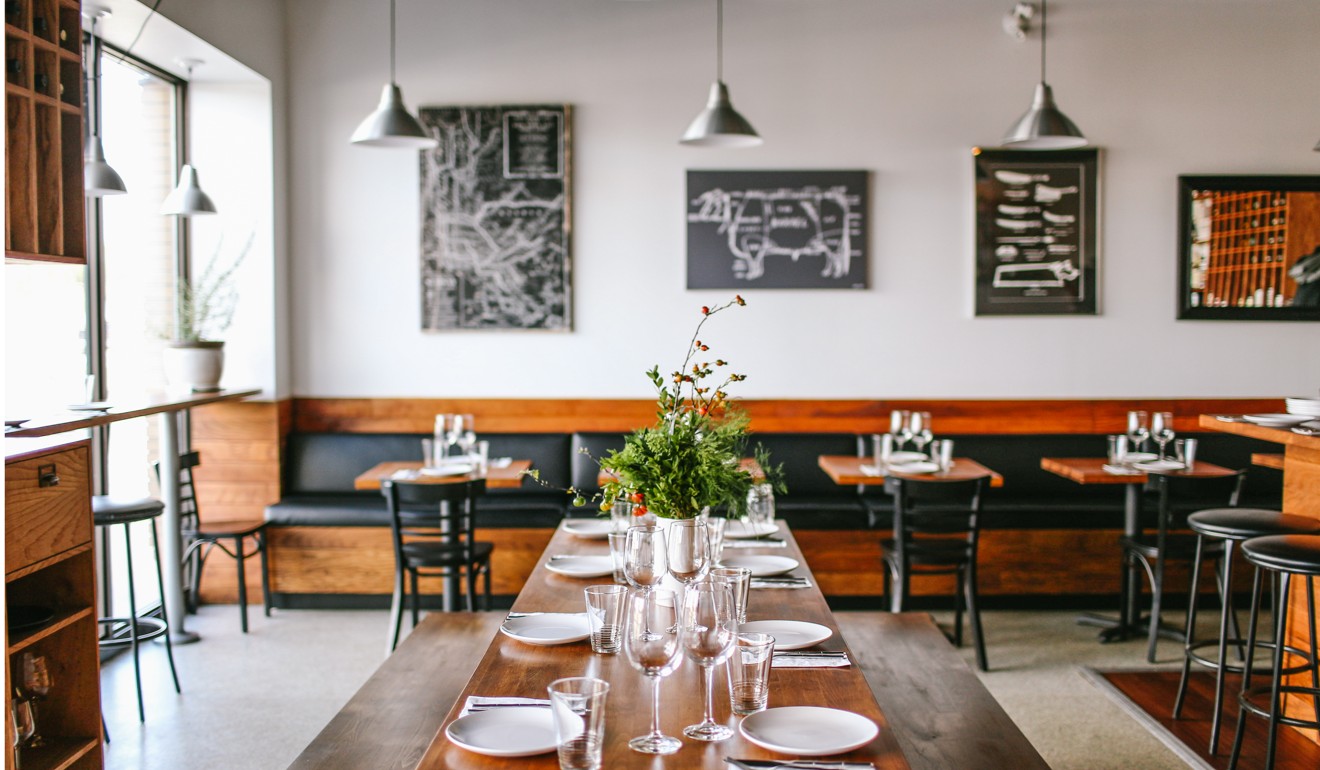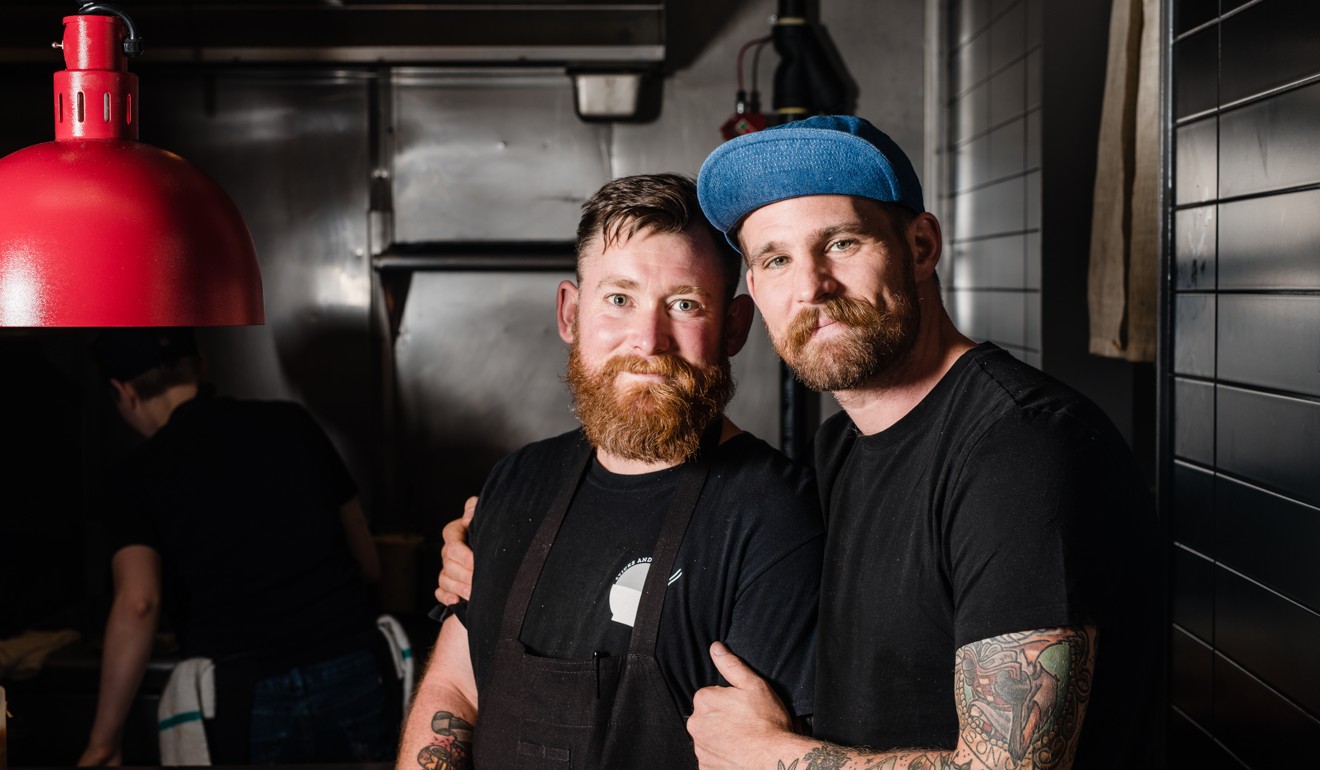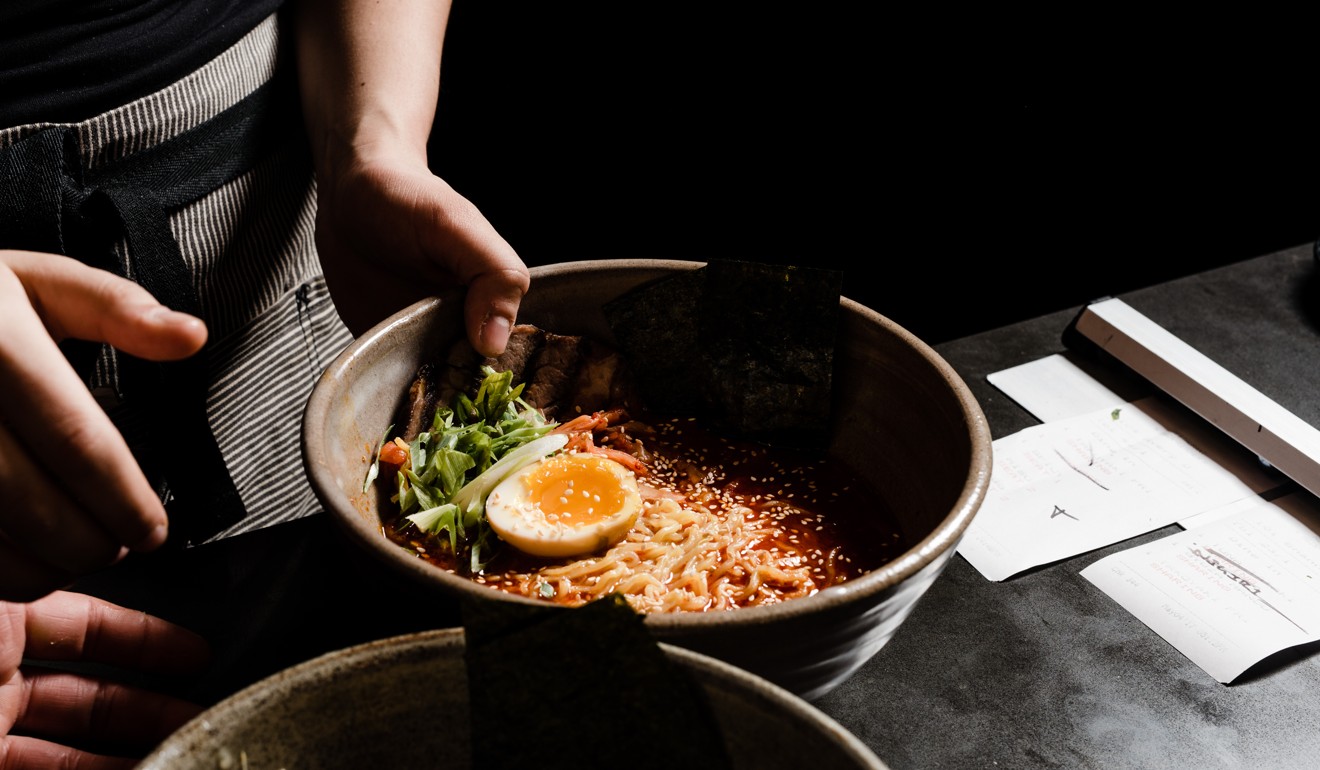
Hong Kong family part of dining revolution in Canadian prairies’ heart, where cultural diversity inspires young restaurateurs
Maple-glazed, cherry-wood-smoked bacon fried rice with Chinese barbecue pork is just one of the inventive dishes created by chefs using local produce from Manitoba and Saskatchewan
A trip to Canada’s vast empty centre is an eye-opening culinary experience. “It’s one of Canada’s best kept secrets,” says Mandel Hitzer, owner of innovative Winnipeg diner deer + almond, of his hometown in the heart of the prairies. “We have an amazing community here, there is so much cultural diversity.”
And he isn’t exaggerating. Like many Canadian cities, Winnipeg (population 800,000) is very multicultural. It has big Filipino, Icelandic and Indigenous communities as well as significant Ukrainian, German, Chinese and French populations.
“As a young chef there’s a lot of inspiration to draw from,” says Hitzer.
Kimchi-making becomes intangible heritage in South Korea
One of those inspired by the Canadian prairies’ diversity is Hong Kong-born Andy Yuen, who opened a restaurant with his wife, Rachel, in 2014 in the fast-changing Riversdale neighbourhood in Saskatoon, eight-and-a-half hours west of Winnipeg.
The area is home to a growing array of independent coffee shops, microbreweries and restaurants, but the Yuens' establishment, Odd Couple, is easily a standout.

Yuen landed in empty rural Saskatchewan from densely populated Hong Kong at the age of 15 with his parents, who had come to work in his uncle’s restaurant. Two decades later, his parents now work in the kitchen of the couple’s friendly restaurant.
The menu is a mix of Chinese, Thai, Vietnamese and Malaysian ingredients and recipes, and includes Cantonese spicy tiger shrimp, crab rangoon and nasi lemak, all expertly prepared.
Yuen’s three rules are: no MSG, use local ingredients where possible, and offer lots of vegan and vegetarian options. Some dishes feature a quirky Canadian spin, such as his maple-glazed, cherry- wood-smoked bacon fried rice with Chinese barbecue pork and sunny side-up egg.
British nose-to-tail chefs praise Hong Kong’s eat-it-all culture as they join Rhoda’s Nate Green to serve up a meat lover’s dream
In Winnipeg, food lovers can start the day with coconut curry mushroom toast at breakfast-only Clementine (where owner Adam Donnelly’s aim was to “to put as much thought and time into every dish as you would for dinner”), enjoy a French and Filipino fusion lunch at Crem e De L’Essence and ambitious small plates inspired by Chinese, Japanese, Korean and Vietnamese cuisine by Scott Bagshaw at Maque for dinner.
However diverse the cuisine served in the city’s restaurants, many share a love for what the surrounding province of Manitoba has to offer in terms of produce.
“Winnipeg is surrounded by fertile farmland and there are some really interesting things being grown here,” says Mike Green, an enthusiastic Winnipeg-based cook and journalist who writes the PegCityGrub blog about the local food scene.

He mentions heritage wheat varieties such as Red Fife being revived by the likes of local farming advocate and baking hero Tabitha Langel, and locally grown quinoa and pulses. Hitzer speaks of the importance of foraged “berries, mushrooms and herbs” for many of the city’s restaurants.
If you wanted to serve strictly seasonal food it would be cabbage, potato and beetroots for nine months
Hitzer, Donnelly (who is also chef-patron of Segovia, which brought sharing plates to the city in 2009) and Bagshaw (who also owns French-American bistro Enoteca) are at the forefront of Winnipeg’s independent food movement, the latter two making it on to the enRoute compilation of best new Canadian restaurants, Canada’s version of the Michelin guide.
Winnipeg is an ideal place to start a business, Hitzer says, because its size means you can be “a big fish in a small pond”. Bagshaw agrees, saying: “The low cost of living makes it affordable to take risks here.”

Hitzer is also the co-founder of one of Winnipeg’s most inventive recent culinary successes, RAW:almond, a 21-day winter pop-up restaurant on the frozen ice where the city’s Red and Assiniboine rivers dramatically meet.
Combining clever temporary design with cuisine from both established chefs as well as those who are up-and-coming, the event spawned RAW:churchill in 2016, a pop-up that takes place in northern Manitoba every March and, last September, the first seven-day RAW:tokyo.
Meanwhile Saskatoon, where the Yuens opened the Odd Couple, was a stranger to fine dining until a few years ago despite having the most restaurants per capita in Canada.

Despite its small size (Saskataoon’s population is 250,000), here, too, there is a tantalising story of independent food entrepreneurs and chefs starting to use locally grown produce to create exciting culinary experiences. The surrounding province of Saskatchewan is the world’s largest producer of lentils, growing so much it exports the pulse to India.
One of the most charismatic advocates for local food is Christie Peters, who runs two restaurants in Saskatoon – The Hollows and Primal – with husband and business partner Kyle Michael.
Gordon Ramsay defends South Korean beer from public criticism
The Hollows serves local fish and sustainably raised pastured meat from small farmers served with “a vegetable forward twist”, while Primal is a celebration of Italian food and pasta, a nod to the fact that much of the flour used in Italian pasta is actually shipped from Saskatchewan in the first place.
Peters and Michael work with a horticulturist who grows produce for them in urban and roadside gardens and a larger allotment space outside the city. They are also known for using every part of the vegetable, fruit and animal.

Peters makes carrot top pesto with the bits we usually throw away, and turns apple cores into canned juice, cocktail syrups, mustards and pectin to make jams.
She applies the same sort of zeal when it comes to animals, using everything from the skin of the whole pigs she gets from a local farmer in the cotechino sausage and lentils dish on Primal’s menu, to the bones to make stock or the pig fat to create soap.
“If the animal has to die you want to honour it by not wasting any part of it,” she says.

Like Manitoba, Saskatchewan’s growing season is short and is followed by long harsh winters that regularly reach minus 40 degrees Celsius.
“If you wanted to serve strictly seasonal food it would be cabbage, potato and beetroots for nine months,” Peters says with a laugh. The way she and other chefs in Saskatoon and Winnipeg get around this constraint is by becoming masters at preserving, pickling, canning, fermenting, drying, freezing and brining everything they can lay their hands on.

Saskatoon-raised chef Dale MacKay is no exception. He first honed his skills under Gordon Ramsay in London and Daniel Boulud in Vancouver, running premises for both, before opening his grass-roots restaurant group back home in Saskatoon.
Offal recipes even the squeamish will love
He now has three buzzing restaurants downtown, the most recent opening, Sticks & Stones, serving outstanding Korean and Japanese food.
Next time you’re in North America, make time for a foodie stopover in Canada’s prairie towns. You won’t be disappointed.

